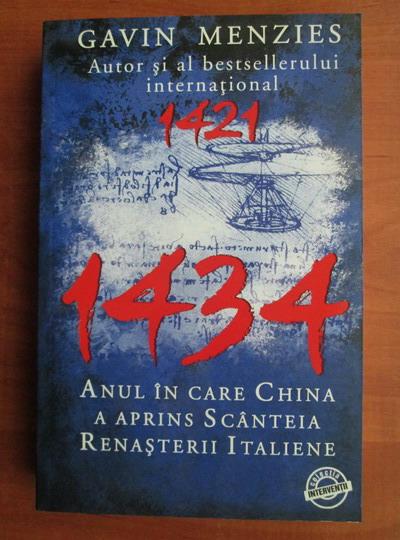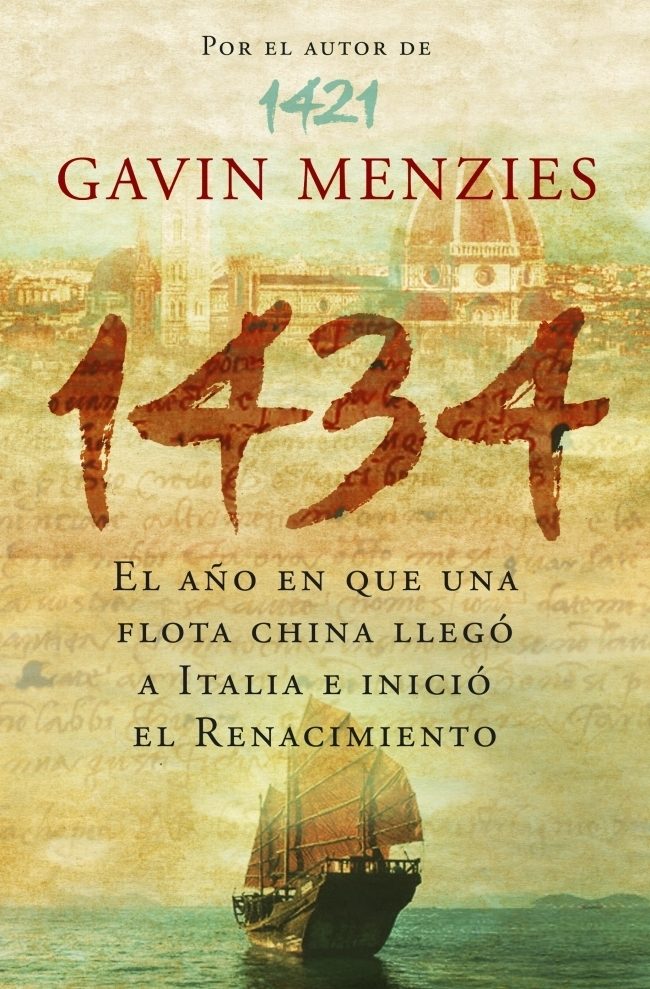


To document the discovery of Chinese anchors off the coast of California appeals The DNA evidence supposedly linking the American Indians and Chinese fails To cite just four examples, he: never provides Sources-a problem even if one accepts that the records were all destroyed.Įven more fatal to his argument, Menzies often fails to provide corroboratingĭata for many of his claims. First, he does not read Chinese and thus cites no primary And this is where Menzies ultimatelyįails to persuade. On subjective claims and more on hard evidence. 83).Īuthors that aim to rewrite 500 years of accepted history should rely less


If there had been a written record of it" (p. Winds, currents, and sea conditions they faced told me the route as surely as The course a Chinese fleet had taken, it was because.my own knowledge of the That landlubbers lack for example, "if I was able to state with confidence Reminds the reader of, his own naval expertise which gives him a mystical understanding Third, Menzies relies upon, and constantly That links American Indians to the Chinese wrecks of Chinese ships and medievalĬhinese anchors found in California. Second, he adduces allegedly tangible evidence of pre-Columbian contact betweenĪsia and the Americas, such as: flora and fauna (maize, sweet potatoes, AsiaticĬhickens, coconuts) that must have been transported by humans "DNA evidence" Parts of North and South America and some Atlantic islands, were used by EuropeanĮxplorers (including Columbus) when they started their own voyages decades later. So he relies upon three types of evidence.įirst, Menzies claims that Chinese maps from as early as 1428, allegedly showing Xenophobic Confucian officials who advised the later Ming emperors destroyedĪll records of these sea voyages. Menzies has no "smoking gun" that proves his theory- because the Of this theory, he offers no proof, only a great deal of circumstantial evidence Gavin Menzies, a former British Royal Navy officer, argues in the bestsellerġ421: The Year China Discovered America, that squadrons from Zheng He'sįleets, between 14, did indeed get to the Americas first-as wellĪs to Greenland, Antarctica, Australia and New Zealand. History is: why didn't these Chinese flotillas beat the Portuguese and Spanish Indeed, one of the favorite themes of the history subgenre known as alternative The legendary admiral Zheng He, that sailed as far as East Africa and the Red Naval expeditions, commissioned by the Ming Emperor Zhu Di and commanded by Every college world history textbook discusses the early 15th c.


 0 kommentar(er)
0 kommentar(er)
